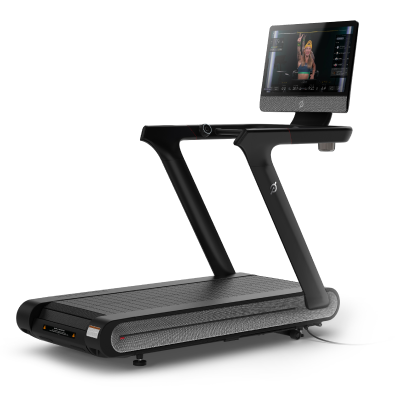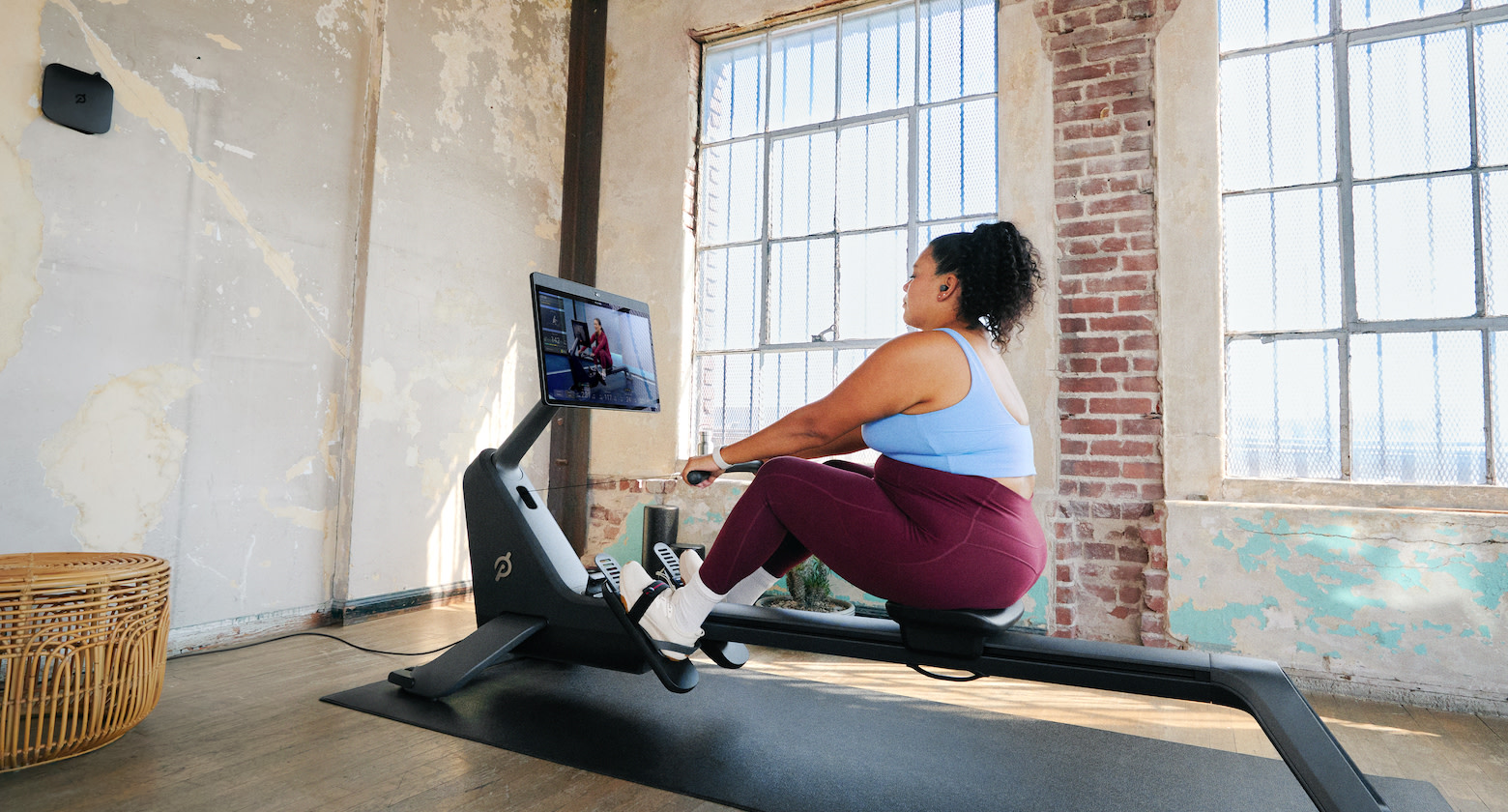
Why Rowing Workouts Are the Perfect Complement to Running
Cross training is key to a balanced fitness routine.
By Alyssa Sybertz•
Why Rowing Is Great for Runners
Does Rowing Build Stamina and Endurance For Running?
How to Incorporate Rowing Into Your Running Routine
Takeaway
We all know that practice makes perfect (or close to it, at least) and that to get good at something, you need repetition. To become an elite runner, you have to run, and run a lot. For different distances, at different speeds, and in different conditions. That said, strictly running will only get you so far (pun intended). Supplementing with other forms of exercise with cross training will help you get stronger and fitter and make you a better runner.
One of the best? Rowing. Here, we’re sharing why runners of all ages and skill levels should incorporate rowing into their workout routine.
Why Rowing Is Great for Runners
“I consistently feel like I’m ‘helping’ my rowing or running while I’m doing the other,” shares Peloton Row instructor Alex Karwoski. Here are five reasons why.

Peloton Row
Work 86% of your muscles in just 15 minutes.
Rowing Is Leg-Dominant
“Rowing is a predominantly ‘pushing’ sport so the legs are in heavy use throughout the stroke. Your quads, hamstrings, glutes, and calves all play a part in rowing well,” explains Alex. It’s no secret that running is the same. While both rowing and running do engage the core to some degree (rowing more than running), it’s the legs that are doing most of the work. “From my experience getting back into running, I have enjoyed the confidence I have in my legs to be able to produce the ‘bounce’ I need from stride to stride to maintain pace on the faster runs,” adds Alex, who was a cross country runner before he began rowing. “I also like that my legs don’t get too sore from running or rowing because both activities rely so heavily on them.”
Rowing Is Low-Impact
Running is high-impact and can lead to overuse injuries to the hips, knees, and ankles. One way to avoid them is to incorporate some equally beneficial low-impact training, like rowing. “Using rowing as a cardiovascular complementary workout allows me to give my knees and other joints/soft tissue in the legs some time to ‘recover’ while still giving me endurance training,” Alex says. “Basically, you can use rowing to help balance overuse injuries that can arise from jumping into too much running too soon.”
Rowing Promotes Healthy Joint Flexion
“I subscribe to the belief that rowing promotes healthy flexion in the knees, hips, and low back (when performed properly),” says Alex. He feels that it can also help you get loose faster before a run and make your warmup easier and more effective. “I am confident that as long as I can keep rowing a few days per week, my warm-up routine for running—which involves walking backwards, high knees, lunges with twists, and a few other simple dynamic movements—will be very doable,” shares Alex.
Time, Distances, and Intensity Are Easily Translatable
Sometimes, it’s tricky for runners to determine the proper volume of exercise for a non-running workout that will hit the sweet spot of being challenging without completely wearing them out or risking injury. With rowing, this determination is relatively easy to make. “Going for a 10k run is (somewhat) similar to going for a 10k row,” Alex says. “The muscle groups used are slightly different, but neither activity (in my opinion) really detracts from the other with regard to usage.”
Likewise, it’s just as easy to adjust your intensity and effort on the rower as it is when you’re running. Whether you’re looking to do a steady-state, moderate-intensity workout to build up your endurance or some high-intensity intervals or sprints to work on your speed and power, it’s super simple to adjust your stroke rate on the rower in the same way you’d adjust your speed on the street, Peloton Tread, or track to achieve the burn you’re looking for.
Rowing Is Killer Cardio
Anyone who has been on a rowing machine will tell you that the full-body workout can also get your heart rate up. “Now that I am back to running a little bit more, rowing is now my go-to complimentary cardio because it, like running, is still very cardiovascular system dependent but also gives me the body coordination (with the trunk/core support) and engagement without the constant pounding on my knees,” shares Alex. Indeed, that last part is key—and the biggest reason why rowing is such a powerful tool to help runners build stamina and endurance.
Does Rowing Build Stamina and Endurance For Running?
Regardless of whether you’re running one, 10, or 15 miles a day, you’re likely looking to build some stamina and endurance—and for a much bigger reason than being able to run further than you did the day before. Your cardiovascular endurance, or aerobic fitness, is the measure of how efficiently your heart and lungs can supply the rest of your body with the oxygen it needs to function. The better your endurance, the healthier your cardiovascular system, which translates to a stronger heart and lungs, lower cholesterol and blood pressure, a reduced risk of cardiovascular disease, and a longer life.
While running is an incredibly powerful and effective method for improving your endurance, it can also be hard on your joints. For many people, especially those that have been running for a long time, this may hinder their ability to run far enough or fast enough to build endurance—which is where rowing comes in. Because it is low-impact, you can rely on rowing to cover those longer distance workouts—and deliver the same cardiovascular benefits—without the repeated impact on the joints of your lower body.
Plus, rowing can help improve your stamina and ability to change and maintain speeds while you run. “I do believe that the rate (strokes per minute) and intensity changes within rowing have given me a great platform to build from when it comes to running at different paces,” Alex says. “I know that my stride length and ground contact time has to lengthen (and shorten, respectively) as I increase speed. This type of thinking is similar to rowing at higher rates and more pressure—the overall form stays the same but the quickness and engagement of the muscles has to ‘speed up’.”
How to Incorporate Rowing Into Your Running Routine
Now that we’ve covered why rowing is an ideal complement to your running routine, let’s talk about how to do it. The most important thing to remember is that, like with any new form of exercise, you don’t want to do too much too quickly. “Depending on your comfort level and familiarity with rowing, I would suggest incorporating it slowly and gradually building up to longer stretches of time,” offers Alex. “Similarly to someone who is just getting into running, you don’t want to overdo it and end up with an overuse injury that could have been avoided if you had been willing to ‘back off’ slightly at the outset.” At the same time, learning proper form is key. Even though rowing is low-impact, you are at risk for injuries if you’re not using the correct form or you’re putting in too many meters.
Once you’re comfortable rowing properly, you can start increasing your volume. “I am currently running every other day of the week (3-4 runs total) and rowing on the others,” shares Alex. Sticking to separate days for running and rowing may work for many people. Since the two workouts offer so many similar and complementary benefits, it’s best to break them up in this way—though you can feel free to tack on a strength, flexibility, or mobility training session before or after a run or a row.
Another tip: Consider occasionally swapping out a long run for an equidistant long row to give your joints a rest while still reaping the cardio endurance benefits.
Takeaway
While you certainly need to run often to get better at running, it’s beneficial for your body and your performance to incorporate some complementary workouts, like rowing, into your routine. Rowing can be just as effective for improving your cardiovascular stamina and endurance, and strengthening your legs, while it offers a low-impact alternative to the constant pounding on your joints that can happen during running. Want to try it out? Try a Peloton Row workout today.

Peloton Row
Work 86% of your muscles in just 15 minutes.
This content is for informational and educational purposes only and does not constitute individualized advice. It is not intended to replace professional medical evaluation, diagnosis, or treatment. Seek the advice of your physician for questions you may have regarding your health or a medical condition. If you are having a medical emergency, call your physician or 911 immediately.
Our Products
Level up your inbox.
Subscribe for a weekly dose of fitness, plus the latest promos, launches, and events.
By providing your email address, you agree to receive marketing communications from Peloton.
For more about how we use your information, see our Privacy Policy.













